| Hong Kong Sports Institute : Cheung Pak-ming, Sport Biomechanist
Technique analysis is commonly used in high-performance sports training to improve athletes' sports performance. In the past, data processing which aided to help understand and improve athletes' performance in the competitive sports arena was time consuming and the analysis was often too abstract. Nowadays, with the development of sports science, many kinds of new analytical tools are developed to provide more objective information and data analysis for easy reference of coaches and athletes. These tools play a particular vital role in improving the techniques of elite athletes.
The HKSI is using the biomechanical technique analysis software, namely SPORTSCODE, which is developed in Australia. Its main features include: (1) Side-by-side comparison between the video clips showing action techniques of different athletes in different times and at different locations; (2) Use of technique and tactic statistical analysis comparing the different techniques and tactics of athletes. The software application is to get the athletes' video clips taken during training and competitions first. Then, use SPORTSCODE to carry out technical and tactical analysis to identify the inadequacies of the athletes and implement focused training accordingly.
SPORTSCODE can be applied to many sports, including most of the elite sports of the HKSI, to help understand and compare the performance of athletes. The following examples illustrate application of the software.
Example 1: Statistical analysis of fencing techniques and tactics application
Statistical calculations can be done in analysing fencing techniques and tactics with "Matrix calculation" function (a kind of analysing tool in mathematics) of SPORTSCODE. Athletes performance in competition is categorised into two basic elements in the matrix: behavior and results. Athletes' scoring tactics and ratio are systematically presented in the processed results of the competition. Coaches and athletes can analyse the advantages and disadvantages in techniques and tactics of both sides through this function.
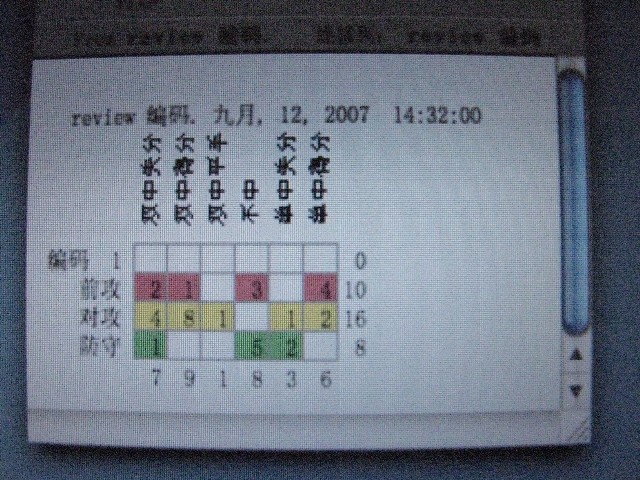
The advantages and disadvantages of the major techniques and tactics of both athletes are clearly shown in the matrix.

Comparison of range of attack between athletes with ¡§Coordination¡¨ function of SPORTSCODE.
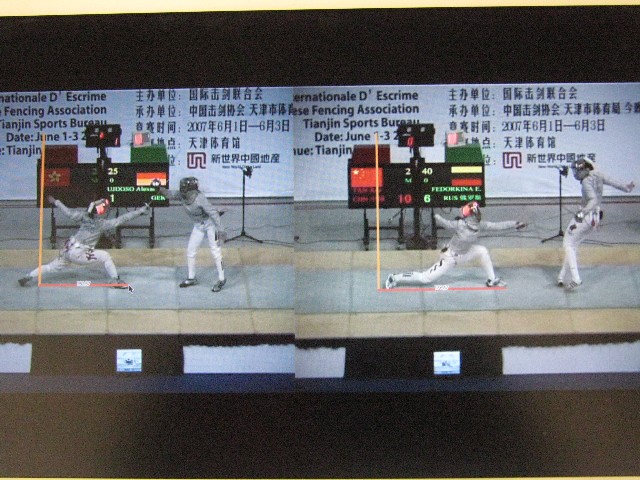
The strike length is obviously different between the Hong Kong athlete on the left (1.30M) and the Chinese athlete on the right (1.79M).
Example 2: Comparing techniques in overwater and underwater stroke of different athletes
(1) Overwater stroke
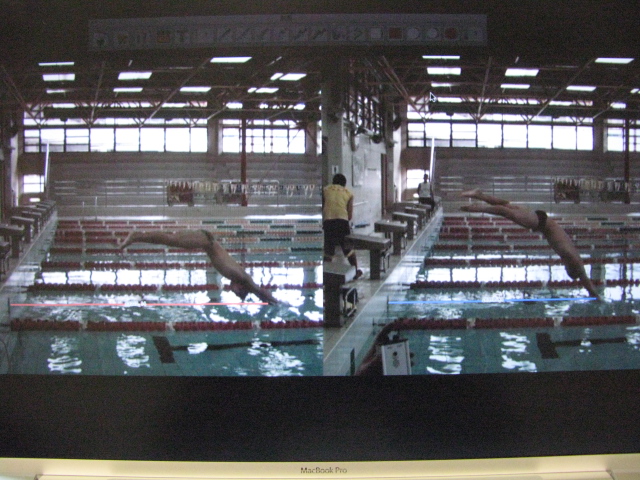
The water entry distance of athletes can be calculated with the help of ¡§Coordination determination¡¨ function of SPORTSCODE. The distance of the athlete on the right (2.7M) is shorter than the one on the left (3.35M) obviously.
(2) Underwater gliding stroke
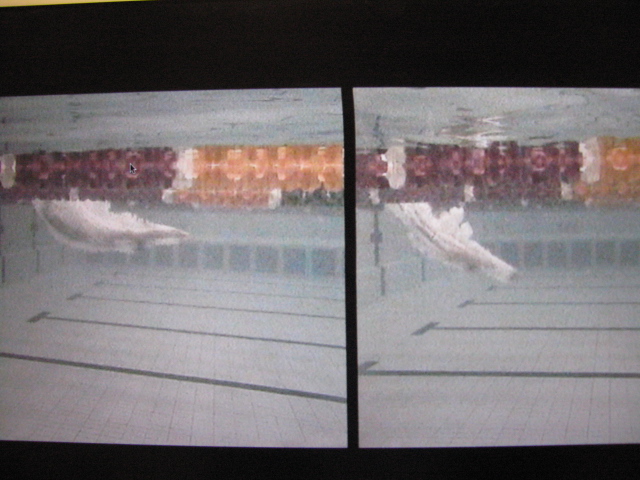
(2a) There is a big difference between the water entry angles of the two athletes.

(2b) Athletes' variation in underwater gliding trajectory is also obvious.
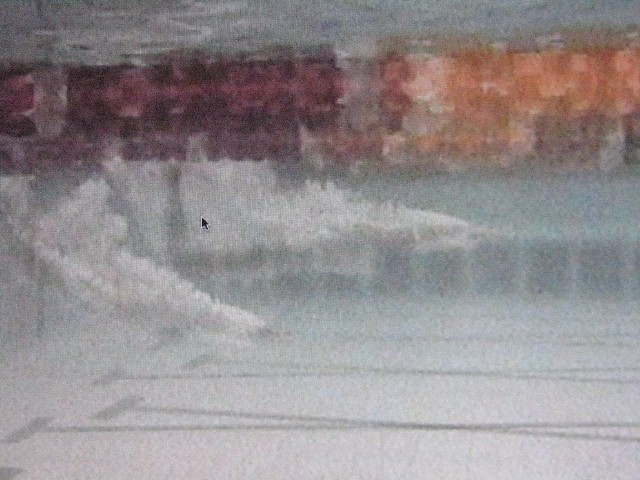
(2c) Besides side-by-side comparison, overlapping comparison is feasible with SPORTSCODE. The comparison is even more direct.
Example 3: Statistical analysis of table tennis techniques and tactics application
Take a table tennis competition between Hong Kong and Japan as an example, statistical analysis generated from SPORTSCODE enabled coaches and athletes to locate the desired segments of the video clips easily. Then, one can observe and understand the winning strategies of our side and the scoring reasons of the opposite side by clicking the corresponding boxes or rows in the matrix.
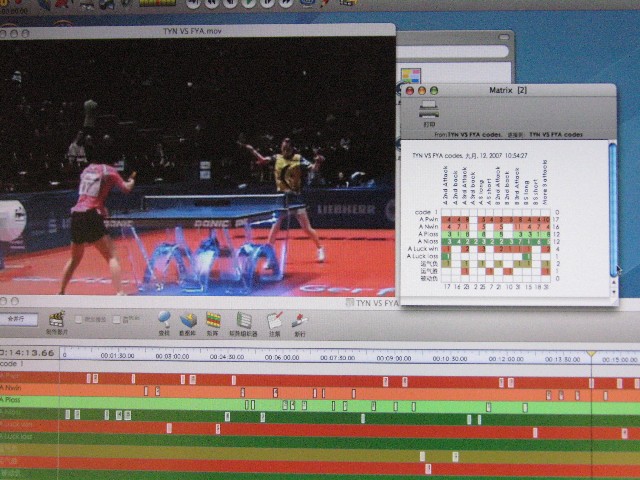
Firstly, establish a calculation model on the techniques and results of the table tennis competition with ¡§Matrix analysis¡¨ function. Then, input all sub-items in the two major elements, techniques and results, which require comparison and analysis.
Conclusion
The major advantage of SPORTSCODE in technique analysis is the visualisation of the biomechanical technique analysis report. It helps coaches and athletes to comprehend the related data easily and improve the deficiencies of technique analysis in the past, thus greatly enhance the performance of athletes. |
